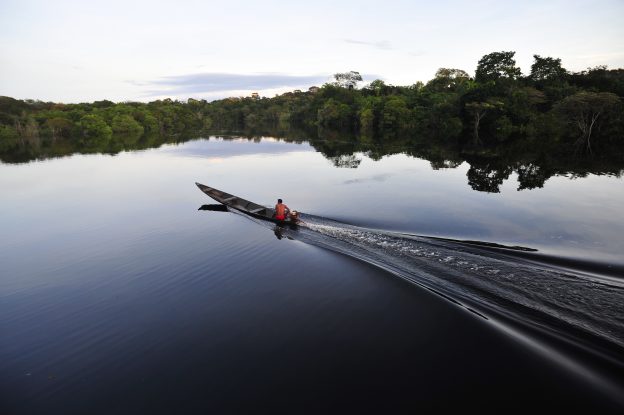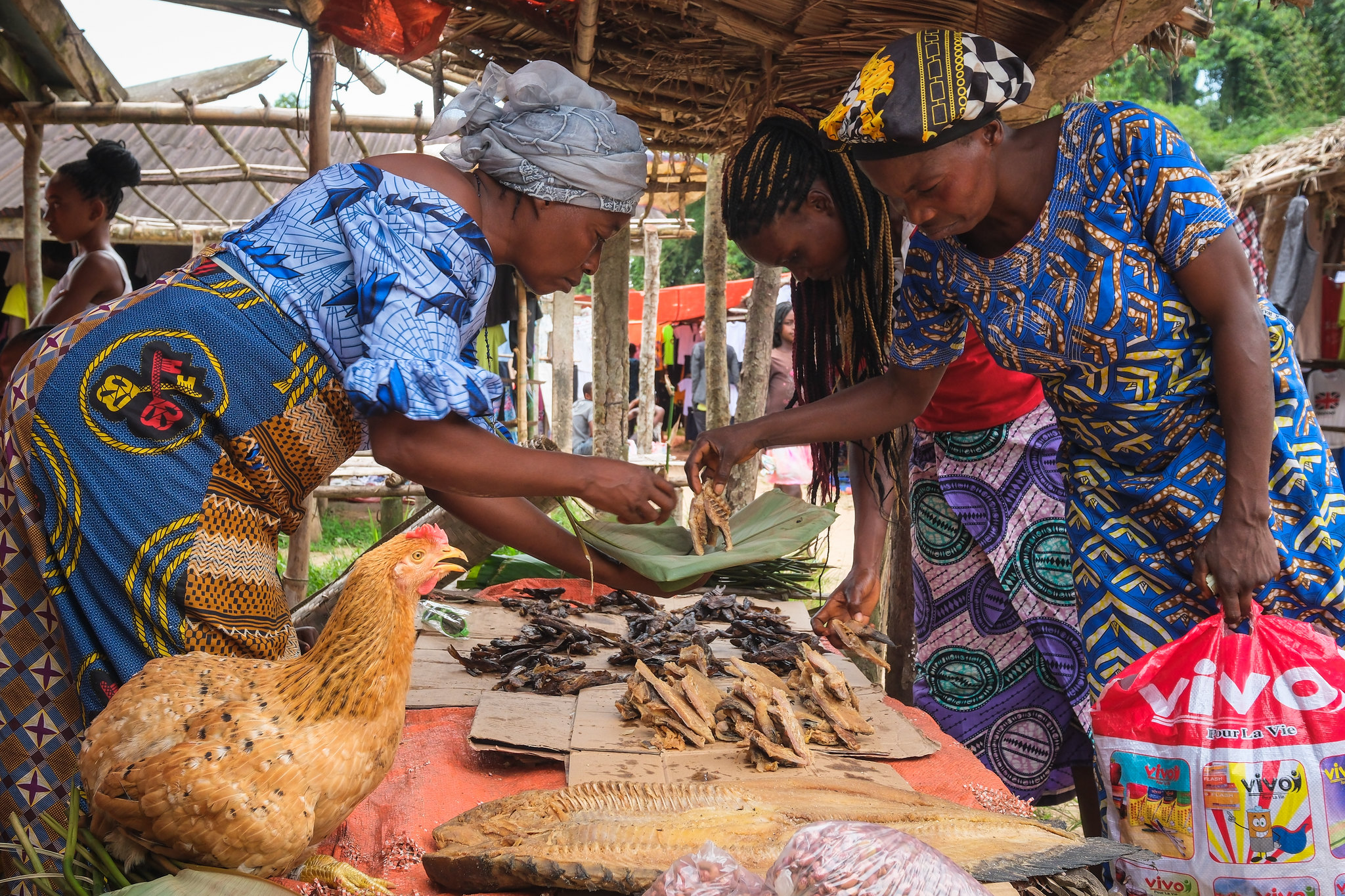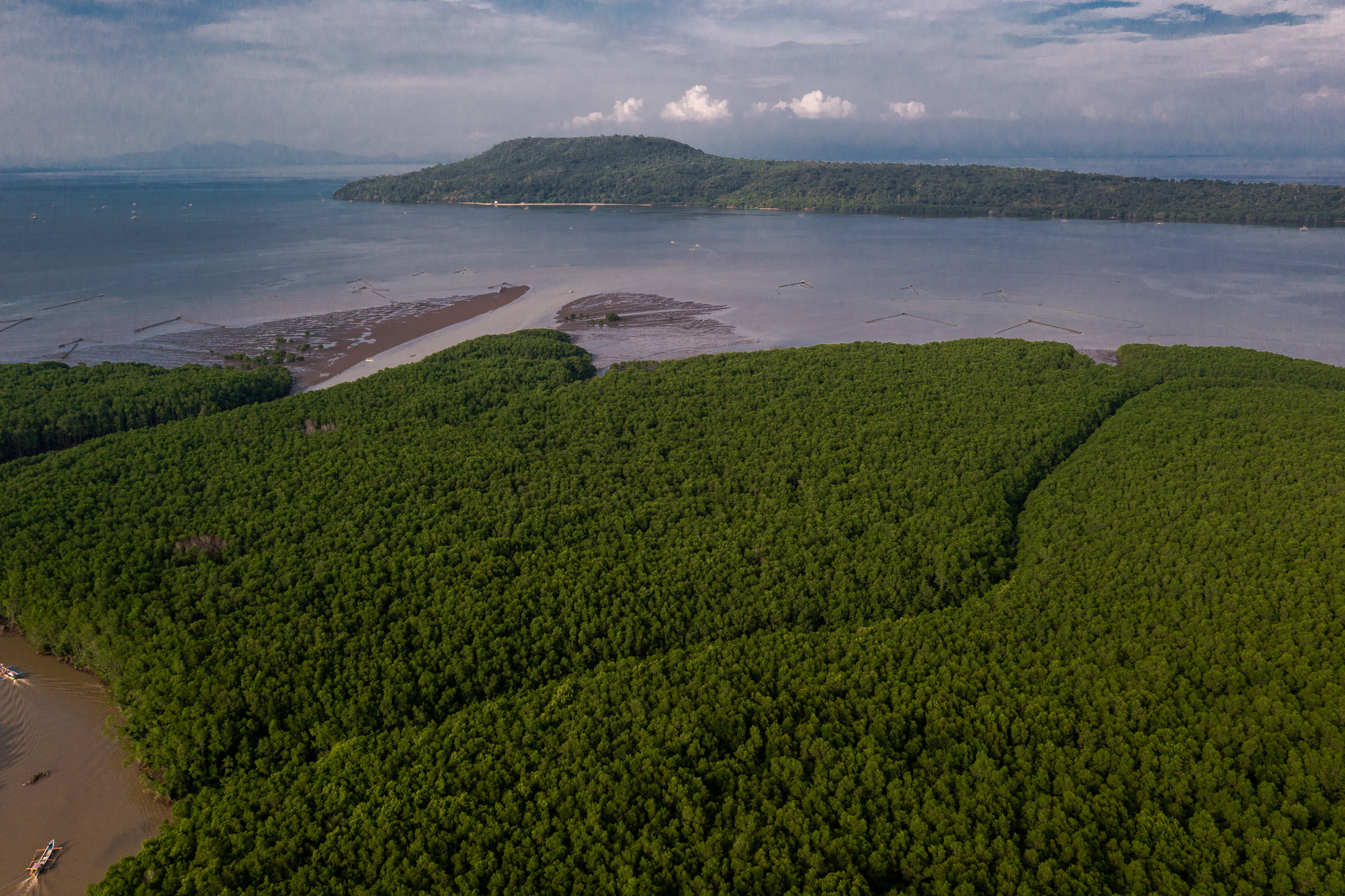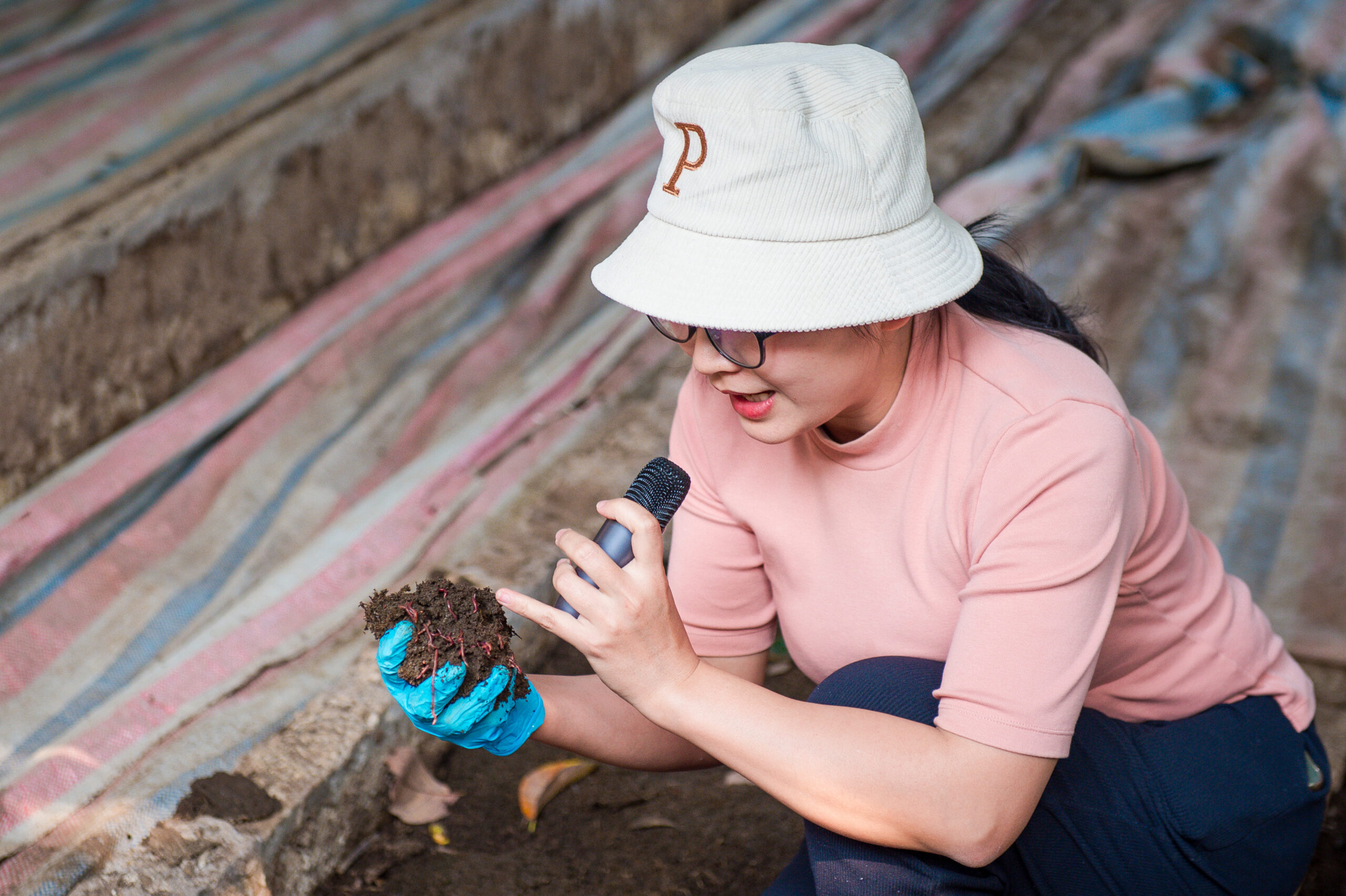Five years after COVID-19 was declared a global health emergency, the world is taking stock of lessons learned from a battle waged both on the scientific front and in the realm of mass communications.
A heated debate revolved around the need and feasibility of banning wild meat markets as potential sources of zoonotic diseases, with countries like Gabon prohibiting the sale of pangolins and bats.
In the Congo Basin, people consume an estimated 2.5 million tonnes of wild animals annually. While rural and forest-dependent populations rely on bushmeat for food, medicine and income, it is urban dwellers who have driven the surge in demand for what they consider a delicacy.
Yet the destruction of tropical forests and the consumption of wild meat are known to increase the risk of animal viruses jumping to humans, fuelling the spread of diseases like HIV, Ebola, SARS and, potentially, COVID-19, as highlighted by media outlets worldwide.
So, to what extent did media narratives influence how people in the Congo Basin perceived wild meat, how often they consumed it and whether they supported bans? And how can these insights inform more effective communication and policy efforts in support of wildlife and public health moving forward?
To find out, researchers from the Center for International Forestry Research and World Agroforestry (CIFOR-ICRAF), the University of Oxford and partners analysed over 260 media stories on wild meat consumption in Cameroon, the Democratic Republic of Congo (DRC) and Gabon, published between 2019 and 2020. They also conducted mobile phone surveys in Cameroon and the DRC, which holds about 60 percent of the Congo forest.
Media narratives vs. social reality
While COVID-19 did lead to a spike in media coverage linking wild meat to disease, its influence on respondents’ behaviour was limited. Journalists were not ranked among the most trusted sources and often failed to support claims about the origins of the virus or the impact of wild meat with concrete evidence.
“Media articles tended to emphasize the risks of a virus spillover from wild meat to humans,” said lead author and CIFOR-ICRAF researcher Yuhan Li. “However, our results show that people’s perceptions were more influenced by their personal experience and that their food choices were largely determined by the price and availability of wild and domestic meats.”
Additionally, less than half of respondents in Cameroon and the DRC supported a ban on the wild meat trade and more than one-third believed that domestic red meat was riskier—pointing to a significant disconnect between media narratives and lived reality.
Reasons for opposing a ban included the importance of wild meat for nutrition and livelihoods, its taste, and concerns over the enforceability of such bans at scale.

The pandemic did shift eating habits—but in both directions. Nearly half (47 percent) of Cameroonian respondents and one-third (32 percent) of the DRC respondents reported eating less wild meat in 2021, often due to its association with disease.
At the same time, one-third of respondents in the DRC reported eating more wild meat that year, primarily due to high prices and limited meat choices. Notably, 45 percent of DRC respondents were from rural areas, compared to just 7 percent in Cameroon.
“That could explain the results, as a slowdown in trade during the early phases of the pandemic further enhanced the dependence of rural communities on the wild meat found in surrounding forests,” said Li.
University of Oxford co-author Dan Challender noted that, at the height of the pandemic, several calls were made for bans on wildlife trade. “However, our results highlight the complexity of people’s relationship with wild meat in Central Africa,” Challender said. “A key implication is that effective policymaking is not that simple.”
Takeaways and next steps
The study concludes that perceived disease risk is only one of several factors influencing wild meat consumption. It also reveals a clear disconnect between media narratives and the social reality in the Congo Basin.
“Authorities and the media—each in their respective capacity—have a responsibility to provide citizens with timely, evidence-based information,” said Li, who stressed the importance of clearly communicating scientific uncertainties. “For example, communications should always indicate when something is a hypothesis or a preliminary result, rather than a proven fact.”
Li also noted the need for further research on how social media influences wild meat perceptions, and how people’s food choices may have evolved five years on from the start of the pandemic.
Given the reported lack of alternatives to wild meat, another key area of inquiry is assessing the impact of initiatives that aim to provide communities with sustainable livelihoods and alternative sources of protein.











